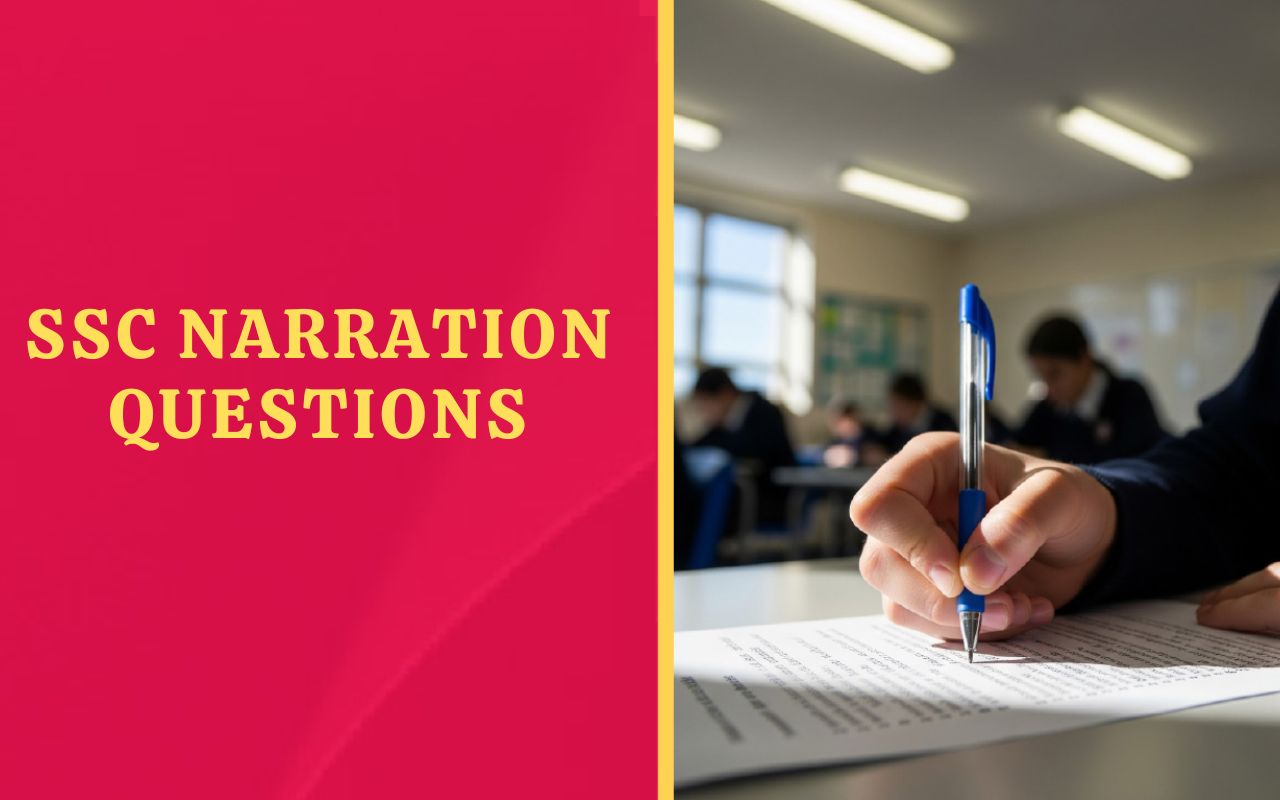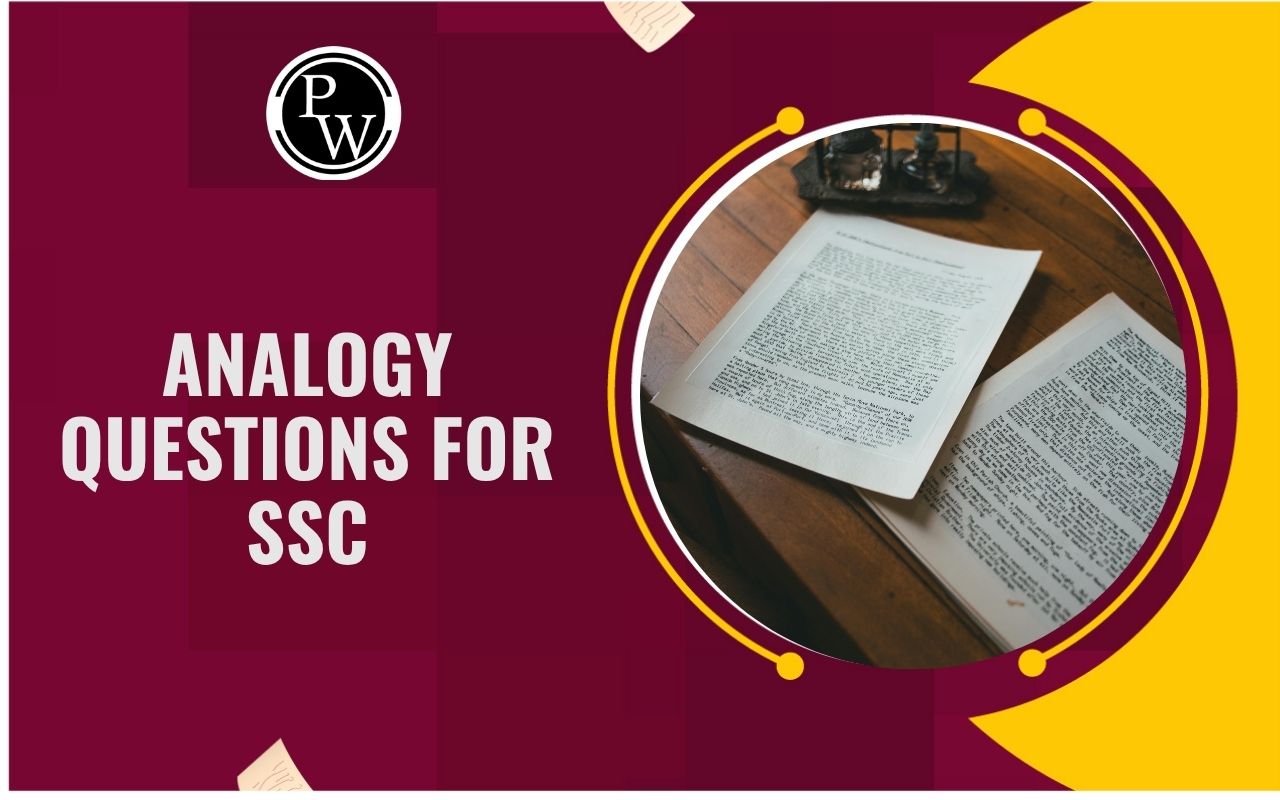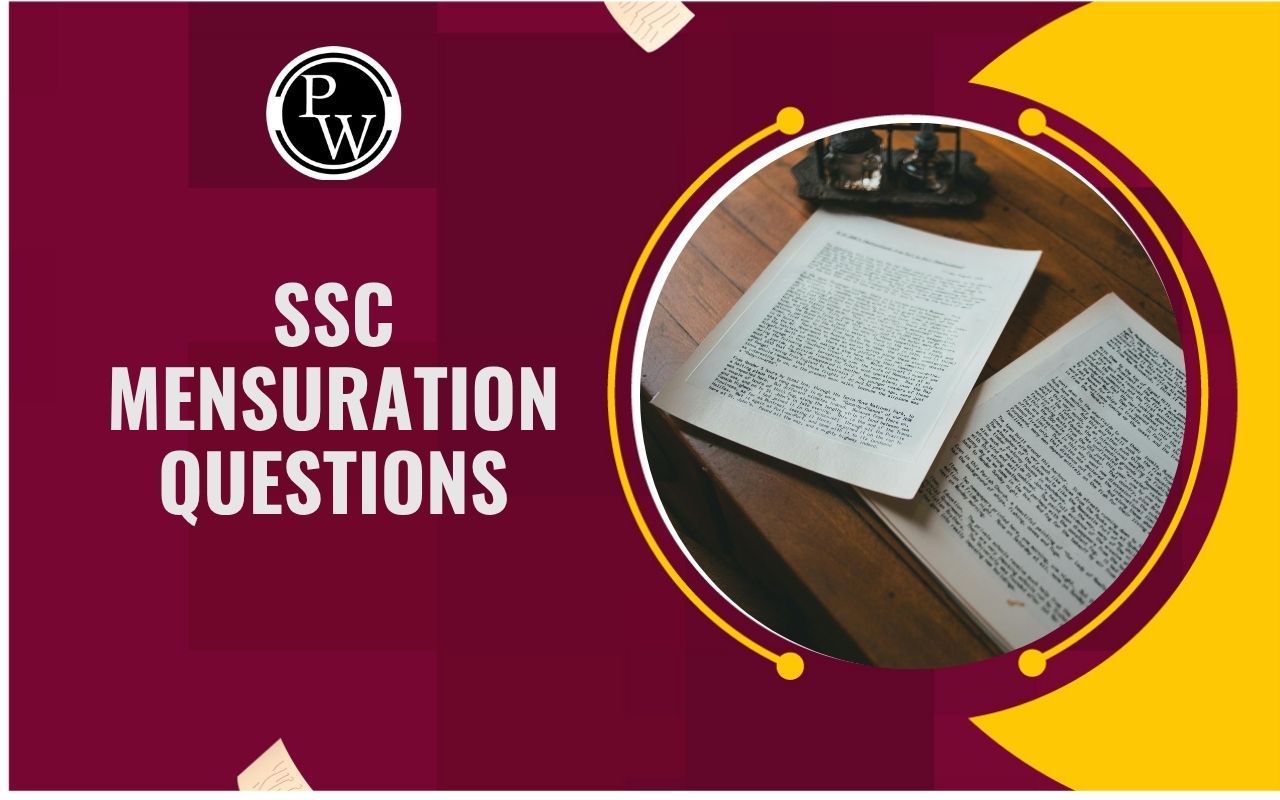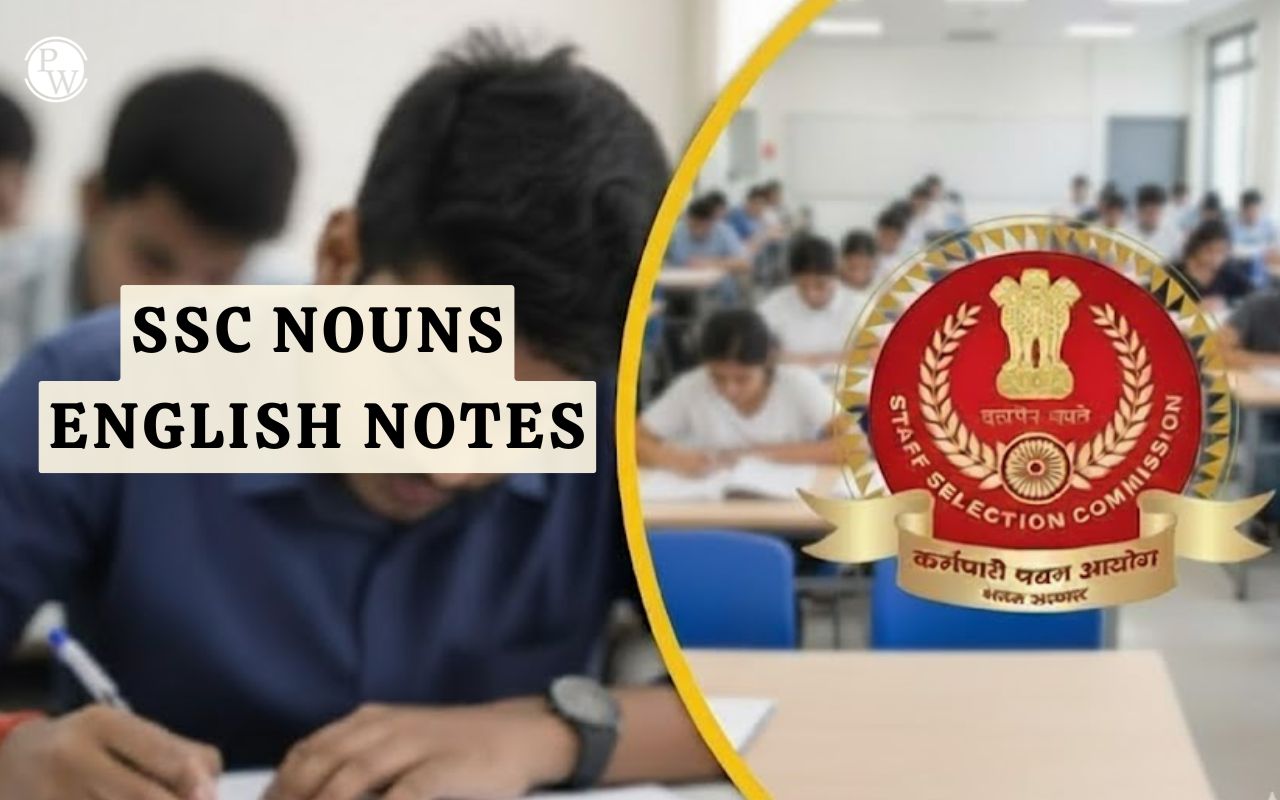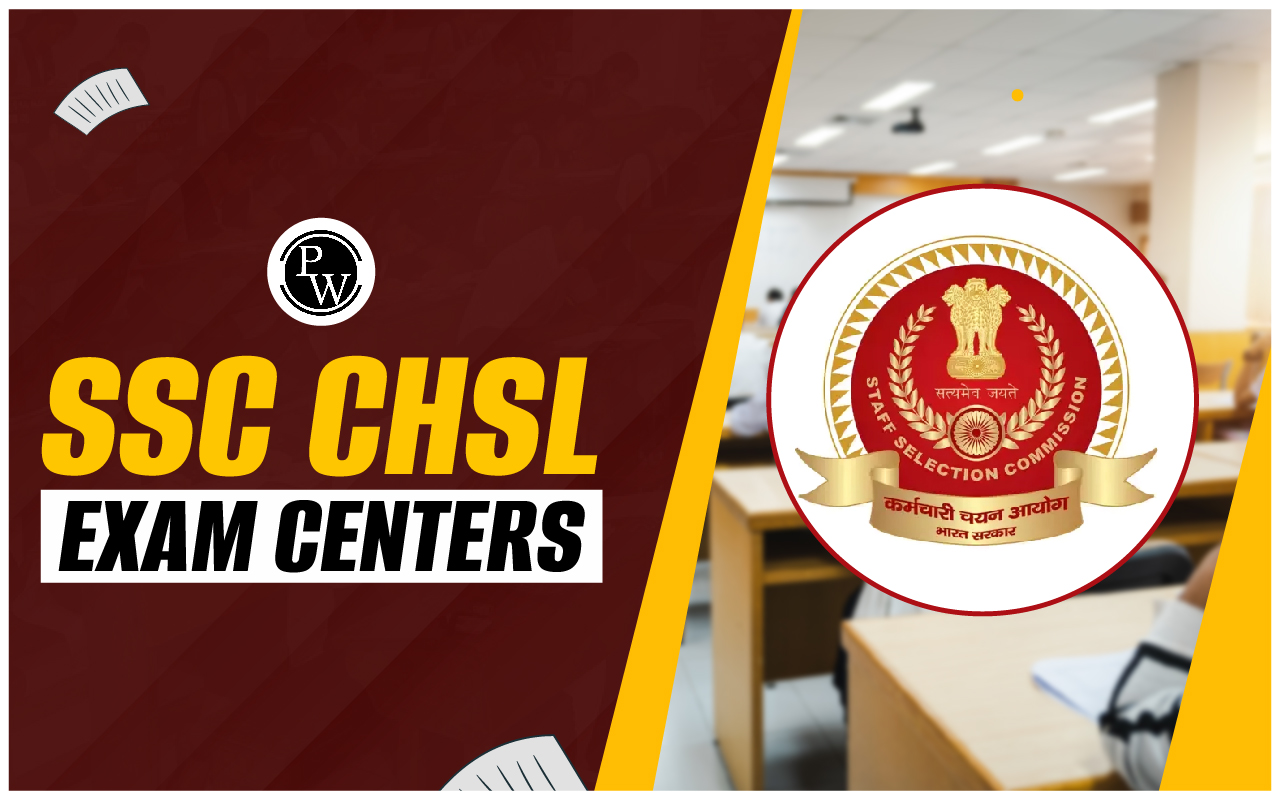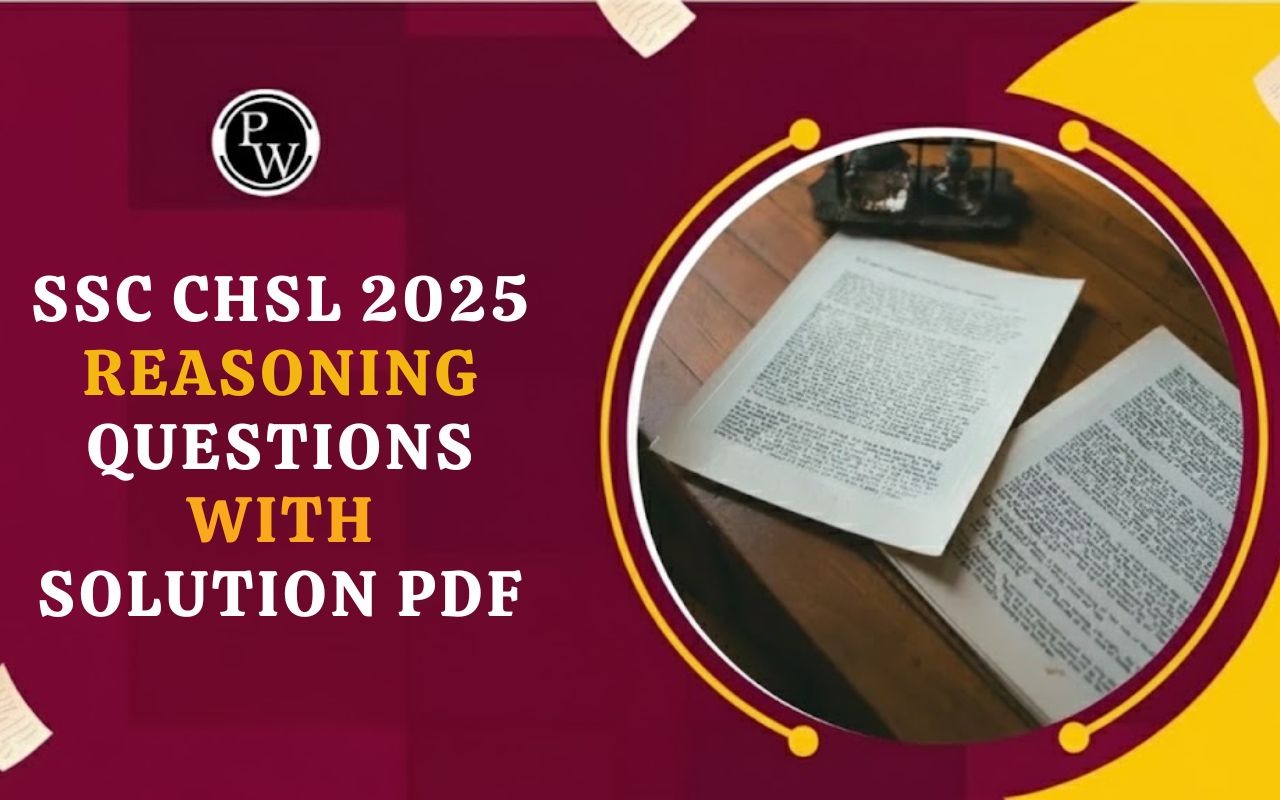

Essential Hindi Translator Skills: The role of SSC Junior Hindi Translator (JHT) involves translating documents between Hindi and English, and ensuring effective communication in both languages. To succeed in this role, candidates must develop various essential skills. This article elaborates on each skill required for the SSC Junior Hindi Translator position. Stay tuned!
Essential Hindi Translator Skills
Being a Junior Hindi Translator requires more than just bilingual proficiency. The role demands a set of skills that comprises linguistic abilities, cultural understanding, and attention to detail. Learning these skills will enable you to perform effectively and contribute significantly to your role.SSC JHT Translator Job Skills
To excel as an SSC Junior Hindi Translator, you need strong proficiency in both Hindi and English, cultural sensitivity, attention to detail, and organizational skills. Continuous learning are also essential to ensure accurate, clear, and culturally appropriate translations. Regular practice and staying updated are crucial. Check all SSC JHT Translator Job Skills below.Language Proficiency
Understanding the Language: Proficiency in both Hindi and English is essential for the role of a Junior Hindi Translator. This means you should be able to read, write, and speak both languages with ease. Fluency comprises more than just the ability to communicate; it also involves a deep comprehension of the context and nuances of both languages. Understanding these subtleties ensures that translations are not only accurate but also culturally relevant and meaningful.
Grammar and Vocabulary: A strong grasp of grammar rules in both languages is crucial. Grammar provides the structure needed to ensure that translations are sound and accurate. Additionally, having a rich and varied vocabulary allows you to choose the most appropriate words and phrases, enhancing the clarity and precision of your translations. The broader your vocabulary, the better equipped you are to convey the exact meaning of the original text.
Practice: Regular practice in both languages is key to maintaining and improving fluency. Engaging in daily exercises such as reading newspapers, books, and watching media in both Hindi and English helps reinforce language skills.
Writing practice is equally important; composing essays, articles, or journal entries in both languages enhances your writing abilities and ensures that you are comfortable expressing ideas clearly and accurately in both Hindi and English.Translation Skills
Accuracy:
- Precision: Ensure that translations are true to the original text. Every detail, including technical terms and nuances, must be accurately conveyed.
- Avoiding Errors: Minor mistakes can lead to significant misunderstandings. Double-check translations to ensure correctness.
Clarity:
- Readability: The translated text should be clear and easy to understand. Avoid overly complex sentences and jargon that might confuse the reader.
- Context Preservation: Maintain the original context and meaning of the text to ensure that the translation is effective.
| Text Type | Practice Focus |
|---|---|
| Technical Documents | Precision in terminology and definitions |
| Literary Works | Maintaining style, tone, and literary devices |
| Legal Documents | Accuracy in legal terminology and formal language |
Understanding of Cultural Context
Cultural Sensitivity: Understanding cultural nuances is essential for accurately translating idioms, phrases, and cultural references, which helps prevent misinterpretation of culturally specific content. Being culturally sensitive ensures that translations do not offend or misrepresent any group. It is crucial to be aware of the cultural aspects of both the source and target languages to maintain the integrity and respectfulness of the translation.
Contextual Knowledge: Having a strong grasp of cultural references in both languages is necessary for accurate translation. This includes familiarizing yourself with idioms and phrases, as some expressions may not have direct equivalents and may require creative translation. Understanding these cultural contexts allows for more precise and meaningful translations, ensuring that the translated text resonates with the intended audience in an appropriate and respectful manner.
Example- Cultural References: Knowledge of festivals like Diwali and Christmas helps in translating texts related to these events accurately.
Attention to Detail
Error-Free Work:
- Proofreading: Carefully proofread translations to catch any errors in spelling, grammar, or content. Small mistakes can impact the overall quality of the translation.
- Consistency: Ensure consistent use of terminology and style throughout the document.
Consistency:
- Terminology: Use consistent terminology throughout the translation, especially in technical and legal documents, to avoid confusion.
- Formatting: Maintain consistent formatting and structure to make the translated document professional and readable.
Proofreading Tips:
- Check Spelling and Grammar: Use tools and manual checks to ensure there are no spelling or grammatical errors.
- Verify Terms: Cross-check translated terms with original documents and glossaries.
- Review Formatting: Ensure that the formatting of the translated document matches the original.
Organizational Skills
Time Management:
- Prioritization: Effectively manage your time to handle multiple translation projects. Prioritize tasks based on deadlines and importance.
- Scheduling: Create a schedule to allocate specific time slots for different tasks to ensure timely completion.
Document Management:
- File Organization: Keep documents and files organized using a systematic filing system. This helps in easy retrieval and management of work.
- Tracking Progress: Maintain records of completed tasks and ongoing projects to monitor progress and deadlines.
Organizational Tips:
- Use Folders: Create digital and physical folders for different projects, labeled clearly for easy access.
- Checklists: Use checklists to keep track of tasks and deadlines.
Technical Skills
Software Proficiency:
- Translation Tools: Familiarize yourself with Computer-Assisted Translation (CAT) tools. These tools can enhance productivity and consistency.
- Document Software: Proficiency in document editing software like MS Word or Google Docs is essential for formatting and finalizing translations.
Typing Speed: A good typing speed helps in translating documents quickly and efficiently. Practice typing regularly to improve speed and accuracy.
Continous Learning
Stay Updated:
- Language Trends: Keep abreast of changes in language trends and usage. Language evolves, and staying updated ensures that translations remain relevant.
- Industry Developments: Follow developments in translation techniques and tools to improve your efficiency and effectiveness.
Professional Development:
- Courses and Workshops: Participate in courses and workshops related to translation and language skills. This helps in gaining new knowledge and staying current in the field.
- Certifications: Obtain certifications from recognized institutions to enhance your qualifications and career prospects.
Learning Resources: Attend workshops and seminars organized by language institutes or professional associations.
Importance of Essential Skills for Translators
Excelling as a Junior Hindi Translator requires a blend of language proficiency, cultural understanding, attention to detail, and strong organizational skills. By focusing on these essential skills and committing to continuous learning, candidates can achieve success in their role and contribute effectively to their organization.Essential Hindi Translator Skills FAQs
1. What is crucial for language proficiency?
2. Why is cultural sensitivity important?
3. How can I improve attention to detail?
4. What technical skills are needed?


